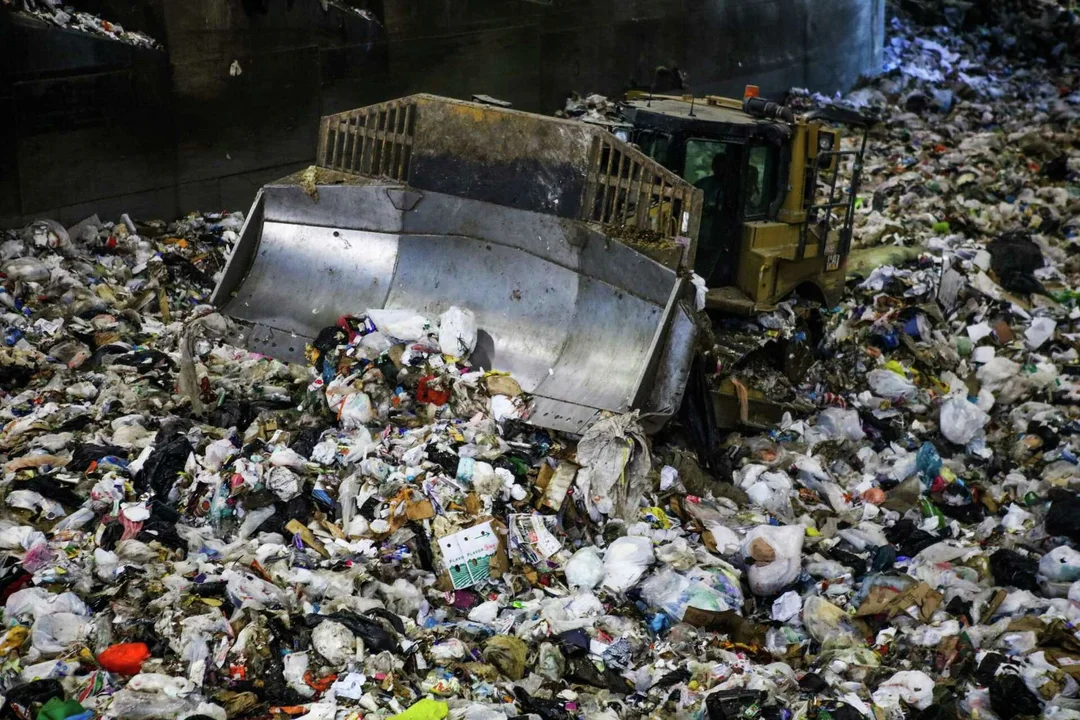
Hazardous Waste Landfills in California Face Overwhelming Challenges
California's hazardous waste landfills are grappling with an unprecedented challenge as the state struggles to manage a growing volume of toxic waste. A recent investigation by the San Francisco Chronicle highlights the dire situation at these facilities, which are often operating beyond their capacity. The state's only commercial hazardous waste landfill, located in Kettleman City, is a prime example of the strain these sites are under.
The report reveals that California generates approximately 8 million tons of hazardous waste annually, but only a small fraction is treated within the state. The majority is shipped out of state, a process that not only increases costs but also poses significant environmental risks. The situation is compounded by the fact that many of California's hazardous waste facilities are aging and in need of substantial upgrades to meet current safety standards.
Environmental advocates and local communities near these landfills have expressed growing concerns about potential health hazards. The proximity of these sites to residential areas has sparked fears of contamination and long-term health impacts. In response, state officials are under pressure to find sustainable solutions, including the development of new treatment technologies and stricter regulations on waste disposal.
The challenges faced by California's hazardous waste management system are a stark reminder of the broader issues surrounding environmental policy and public health. As the state continues to grapple with these problems, the need for innovative approaches and increased investment in waste management infrastructure becomes increasingly urgent.